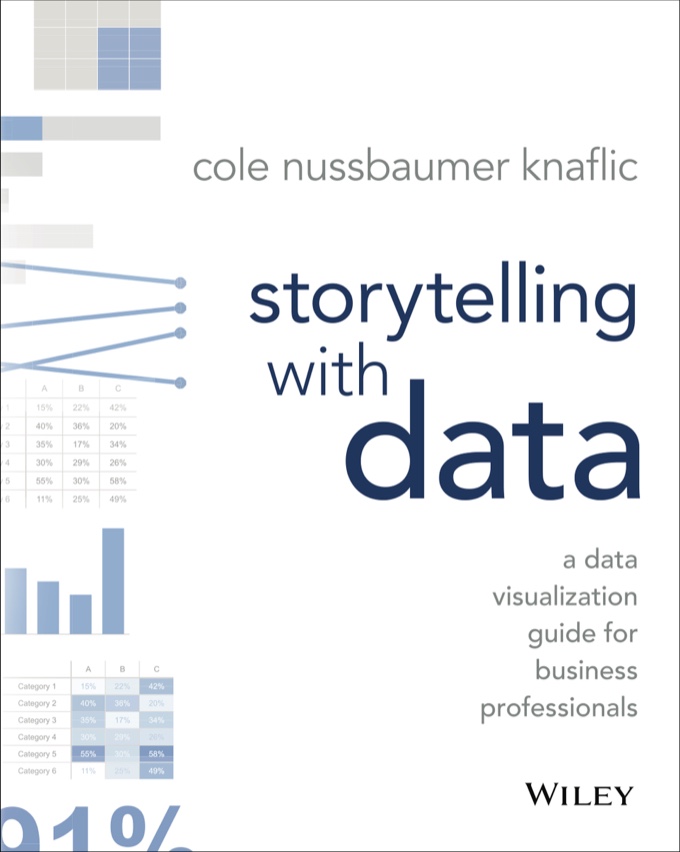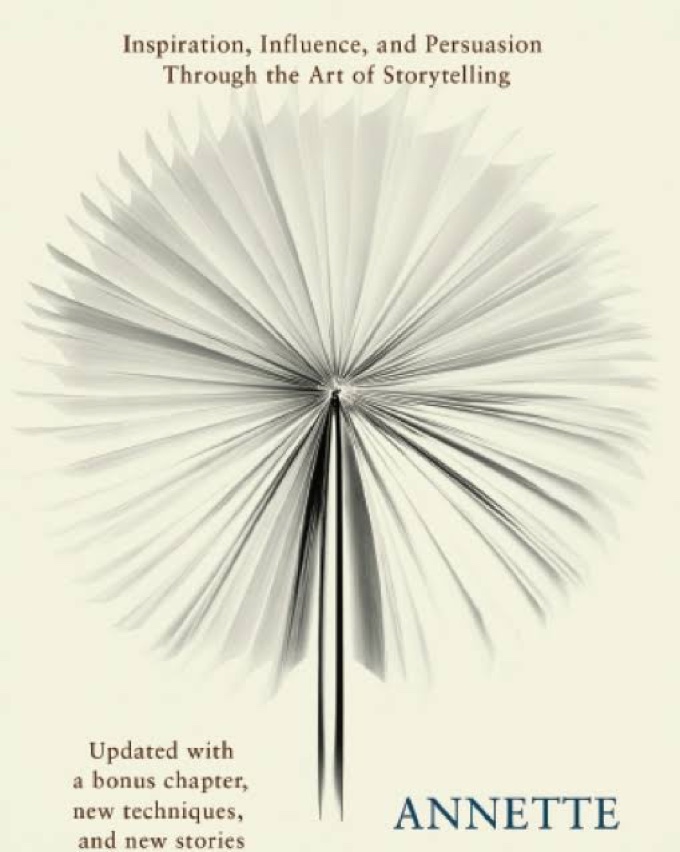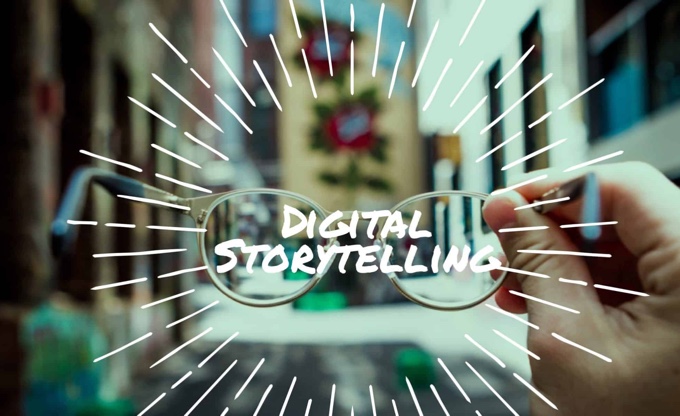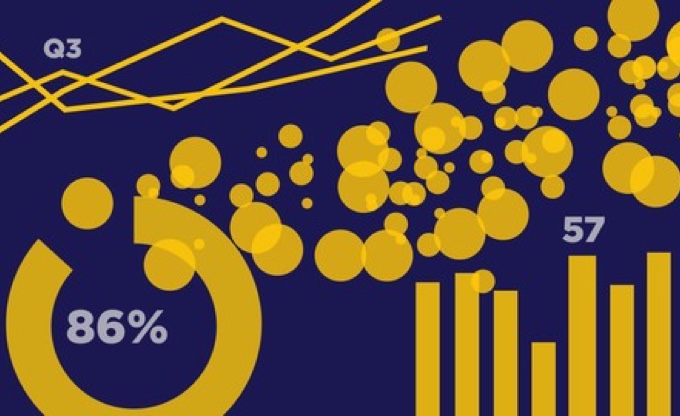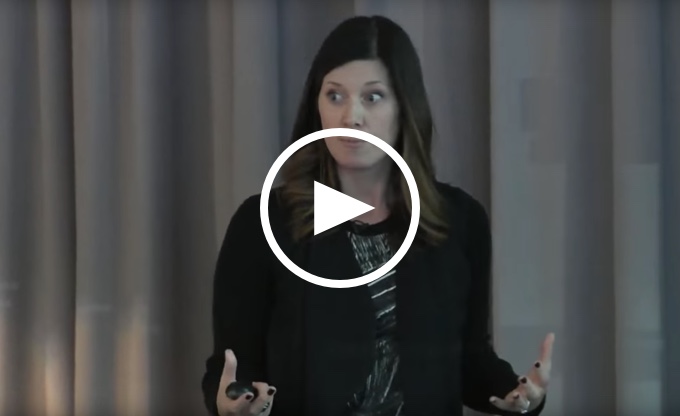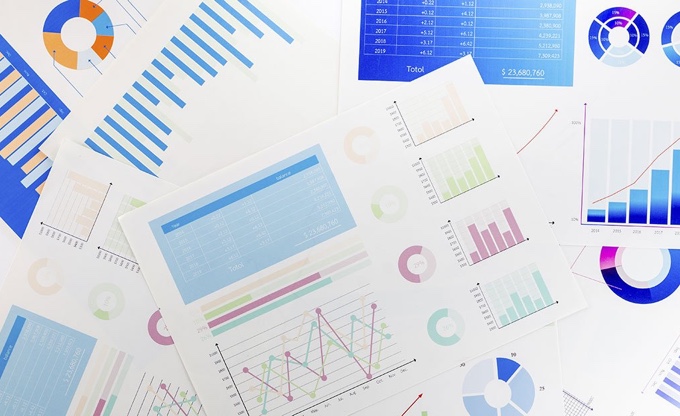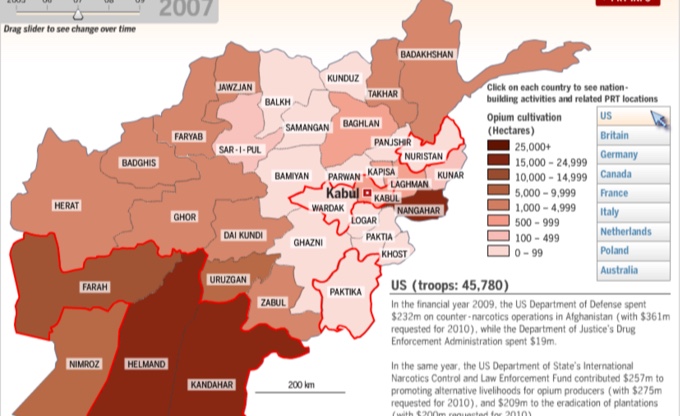What is Data Storytelling?
The most effective way to share business information
and drive outcomes.
The rate that businesses collect data today is phenomenal. You can now collect data on every aspect of your business and, in fact, your life.
Despite the surgence of solutions, such as BI tools, dashboards, and spreadsheets over the recent decades, businesses still are unable to fully take advantage of the opportunities hidden in their data.
|
Interested in ChatGPT for Data Storytelling? We've just integrated this powerful new service directly into the Nugit Data Storytelling Cloud - enabling clear, engaging and automated natural language to make Nugit stories even more powerful. Learn more about this new feature on our blog or request a demo now. |
Dashboards and spreadsheets only tell you what is happening. But, they do not tell you why
BI tools, dashboards and spreadsheets have a number of limitations:
- Data wrangling and manual reporting is still prevalent. The need for human intervention slows data analytics and communications within organisations.
- These tools only present data as numbers and charts. They lack the vital component of narrative for effectively communicating information and insights.
- Current tools make scaling information requests impossible. Most marketing, sales, operations and analytics teams lack the resources and time to respond to all requests for reporting from every level of a company, including external stakeholders such as customers.
Put simply, data in dashboards and spreadsheets only tell you what is happening. But, they do not tell you why.
So how can enterprises transform their data centre into a profit centre, where all stakeholders benefit from having access to relevant data, shared in a language and format that suits them?
The answer is simple: adopt a data storytelling culture in your company.
Why is data storytelling the future?
Data storytelling is a methodology for communicating information, tailored to a specific audience, with a compelling narrative. It is the last ten feet of your data analysis and arguably the most important aspect.
Evolutionarily, as Humans, we are naturally hard-wired to share stories as a means of sharing information.
Theorists even suggest that storytelling was the primary launchpad for the transmission of knowledge across large groups of people, which formed cultures as we know them today and allowed evolutionary success across generations.
Now, with the so much data available to us, only data storytelling can put a human perspective on the increasingly complex and rapidly changing world of the digital era.

Data storytelling merges three key fields of expertise:
Data science: This field of expertise is the interdisciplinary field of sciences, which extracts knowledge and insight from data, making it readily available. This exciting field has made significant changes to our daily lives in the past couple of decades.
The technologies we take for granted are all driven by this field of expertise, but there is one thing that data scientists are not naturally skilled in:
Storytelling.
Data scientists are often skilled at, collecting and delivering data, but lack the skills to relay a true understanding of the opportunities hidden in the data delivered.
Visualisations: The emergence of technology solutions such as dashboards became a natural solution in aiding us to comprehend our vast amounts of data collected. Transforming data into graphs, pie, and line charts meant we could see our data like never before, however, alone data visualisations have limitations. They provided at-a-glance snapshots of data, lacking the context needed to explain why something has happened.
Narrative: The third and, somewhat, most vital part of a data story is the narrative. Narrative uses language in a format that suits our particular needs, augmenting our full comprehension of new information. A narrative is a key vehicle to convey insights, with visualisations and data being important proof points.
What makes up a good data story?
A good data story leverages three major components:
Data, narrative, and visuals.
The data component is simple, we must have the accurate data, to reach correct insights. The visual component enables us to spot trends and patterns in datasets, which are not easily seen in the rows and columns of spreadsheets.
Data storytelling is about communicating your insights effectively, giving your data a voice
The narrative components which concern the simple language used to describe the data can be seen as giving a voice to the data. Each data point is a character in a story - a protagonist - with its own story to tell. Combined together, narrative, data, and visuals can create data stories which drive change in businesses.
Data Storytelling is not a new concept. Companies have been attempting it for many years now and have seen the success.
Here are some examples of how Spotify, Slack and Uber have all utilised the power of data storytelling to communicate with their customers.
Spotify

In recent years, Spotify, a music app, has sent annual recap stories to their customers in the format of an email. These short stories pull interesting statistics for each user such as the number of minutes they’ve listened to music on their app. This is an engaging way of communicating the value of their service instead of simply sending them an invoice or simple thanks for using us.
Slack
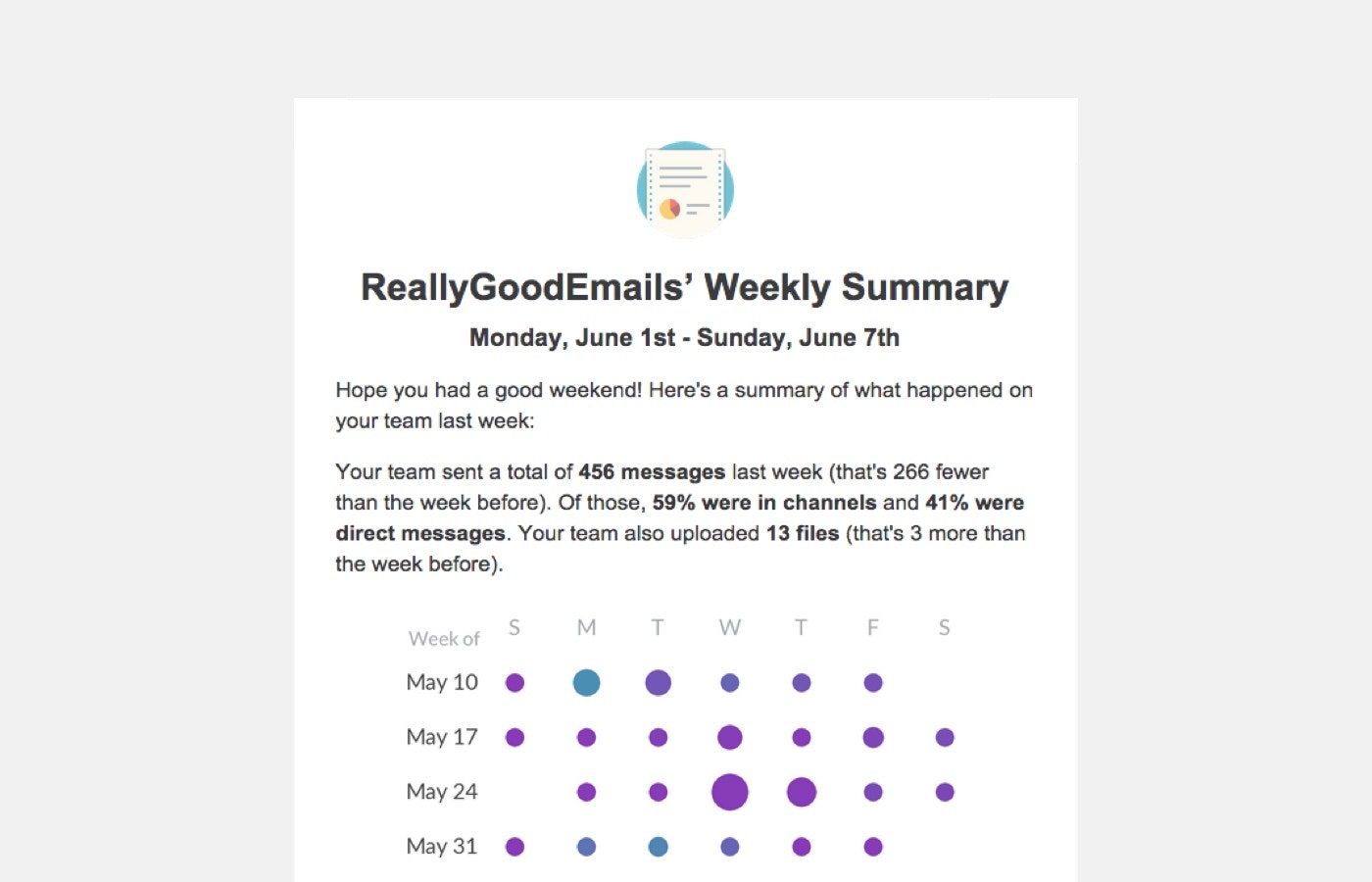
Slack, a communications tool replacing the traditional and outdated train of emails, is utilising storytelling to create a different dialogue with customers each month at the time of invoicing.
In place of sending an email with the invoice top and centre, Slack sends a visual story communicating the key ways its customer has utilised their service. This high-impact dialogue is shifting the conversation with customers.
Uber
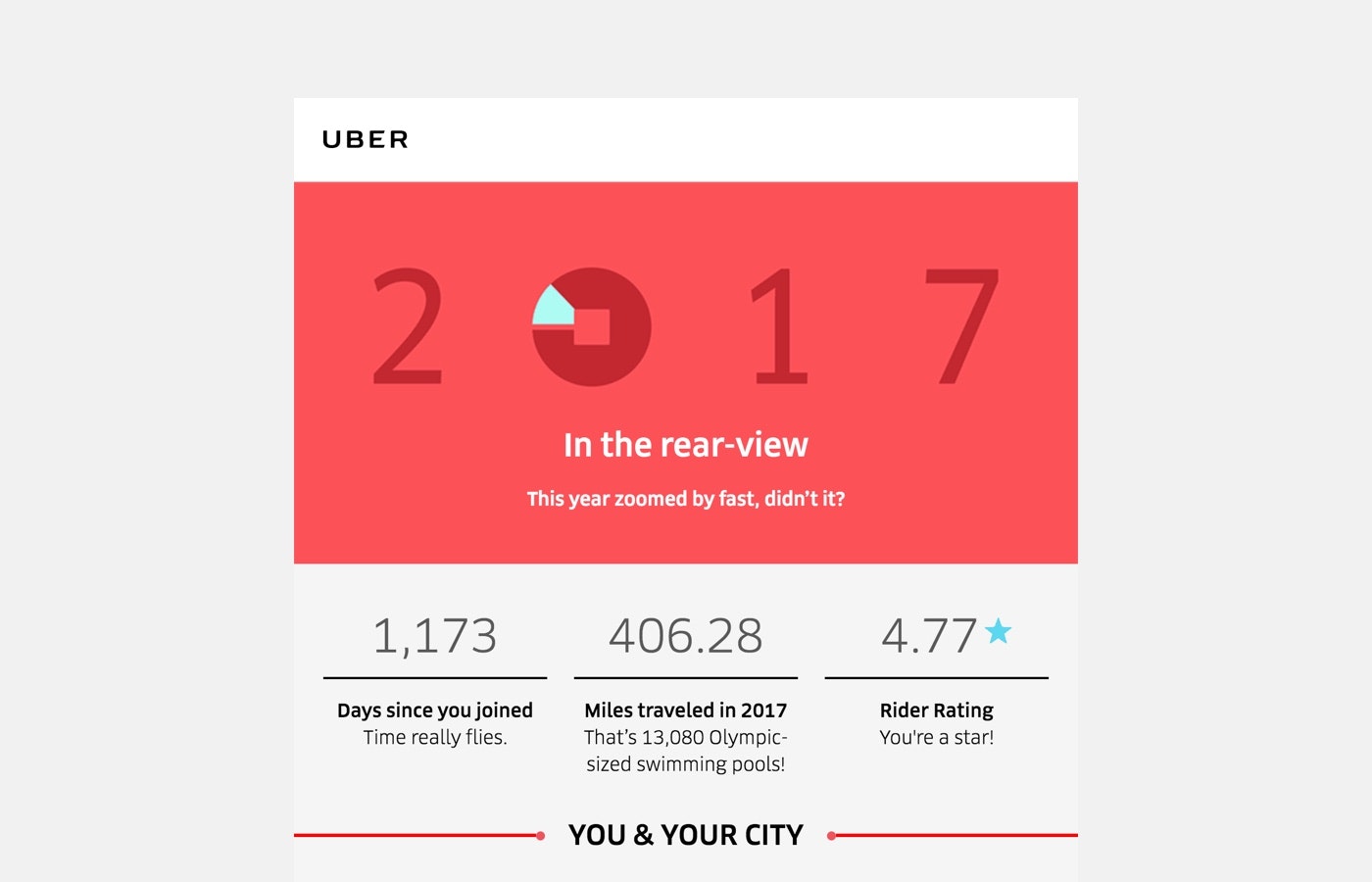
Like Spotify, Uber has used data storytelling to communicate annually with its customers.
In place of an annual recap email showing the total amount of money you have spent with Uber, they have shifted the conversation to show how much value the service has delivered to their riders. Showcasing personalised statistics of your experience with the app, you immediately can see how much impact they’ve made to your everyday life.
We wanted to remind people of the role Uber plays in [users] lives and demonstrate how the use of the ridesharing service is a partnership that enables them to move across cities, every day.
The common themes between the three examples are: Accurate data, Narrative and relevant visuals. The three elements of data storytelling.
The common themes between the three examples are:
a) You have driven X miles with Uber
OR
b) You have driven the equivalent of two journeys around the earth, that is X amount of miles
Although these three examples are powerful in their own right, the resources it took to deliver these campaigns were enormous. From leveraging multiple teams, skill sets and budget, these data stories are hard to achieve at scale. Imagine if you could automatically create these stories using technology so you could communicate with your key stakeholders when and how they want. Does your CEO want to receive an email data story once a month but your customers want to receive daily WhatsApp alerts direct to their smartphone?
Why is data storytelling powerful?

Historically, cultures and societies have told stories; from cave paintings to novels to movies; stories have been the primal form for the transmission of meaningful information.
The earliest known forms of storytelling are cave paintings, of which, the oldest discovered in 1940, were dated back to between c. 17,000 – c. 15,000 BCE.
Although oral storytelling appears to be an immediate by-product from the evolution of language, writing appears to have originated in ancient Mesopotamia around 3,400 BCE. The Sumerian civilisation made markings on clay tablets, which were used to keep economic and administrative records. As the civilisation developed, Sumerian scribes were also writing and recording more of their teachings.
Two Sumerian texts, the ‘Kesh Temple Hymn’ and the ‘Instructions of Shuruppak’ are believed to be the oldest literature in the world. The oldest fictional story, again written by the Sumerians, is believed to be ‘The Epic of Gilgamesh’ which was written around 2,000 BCE and depicts the stories of King Gilgamesh who ruled around the same time.
Facts simply present data; whereas, a story’s narrative provides context, which augments our understanding and drives valuable insights.
Fast forward to the 19th and 20th centuries where rapid developments in technology were seen. The channels in which we told and shared stories evolved. Inventions such as printing, the radio, and television have impacted human life and storytelling dramatically; we are continually presented with more channels for people to tell stories through and influence others.
Orson Welles’ War of the Worlds, broadcasted first in 1938, is a powerful example of storytelling by utilising new technology. It is widely believed, that when first broadcasted, the story was perceived as true which lead to widespread panic due to the imminent threat of an alien invasion. Later research has found that this is, in fact, is a myth, but the story of panic is still told to and used as an example of the power of radio and media.
Modern storytelling can be found in our cinemas, our televisions, our newspapers, the internet; any medium we consume has the potential to tell a story.
Even in the space of education, leaders in this sector are now utilising the power of storytelling. For example, an analysis of popular educational and informative videos series, TED Talks, found that stories make up at least 65% of the content. Why? Because stories have always been an easier form for the transmission of meaningful information.
As humans, we are by nature, social creatures and we have evolved distinctively compared to other species as a function of our increasingly social world. Stories have the power to help us understand meaningful information and, as a consequence, can shape our values, determine our prejudices, and influence our dreams. Religious texts are the epitome of this; vertically through generations and horizontally among co-habitants, the most powerful stories written in such texts are still impacting the modern world to this day.
The psychology of stories, particularly in aid of memory, is a topic of extreme importance in our new age of information overload. By definition, facts simply present data; whereas, a story’s narrative provides context, which augments our understanding and drives valuable insights.
Using stories to remember - known as the Story Method - is a simple technique used by memory champions. The method’s effectiveness is rooted in the use of narratives ability to aid the memory process, via the emotional aspect of a story which can engage more parts of the brain, making the story, and its elements, easier to recall.
A study conducted by a team at Berkley aimed to prove this, you can see their results here:
Resources
Common Questions
You can find the answers here

